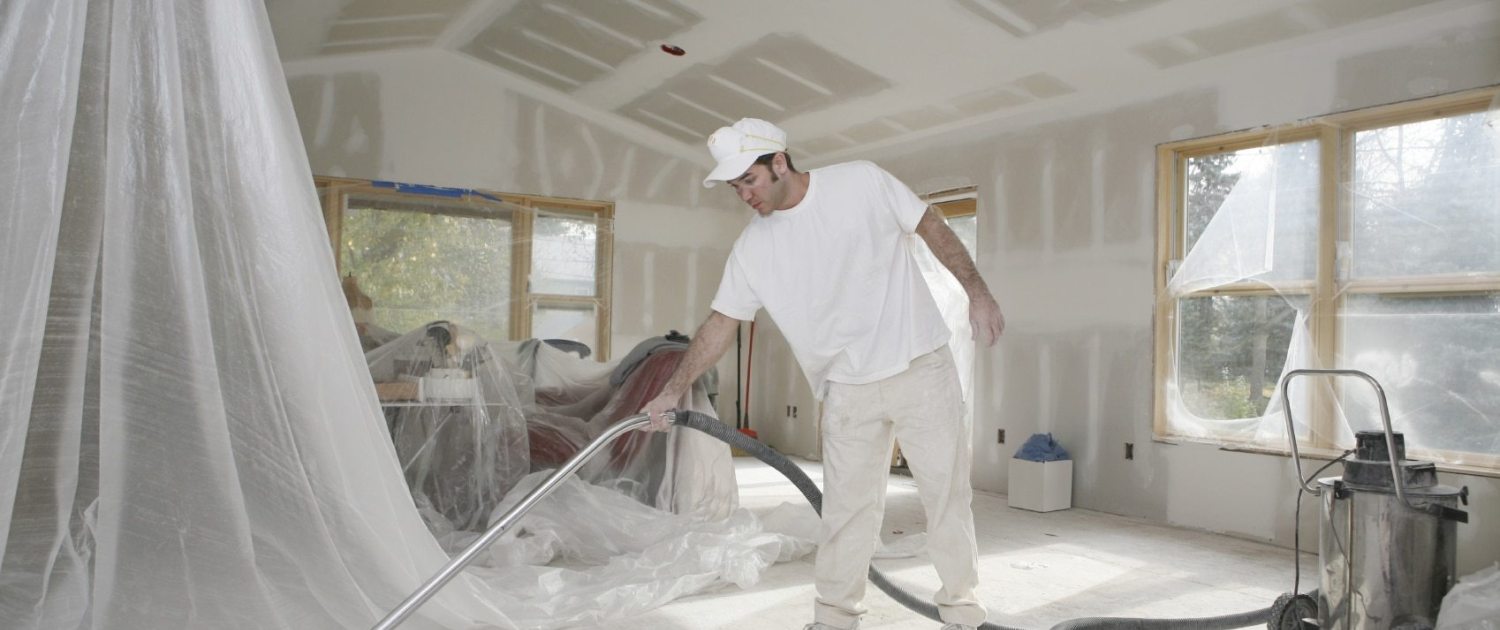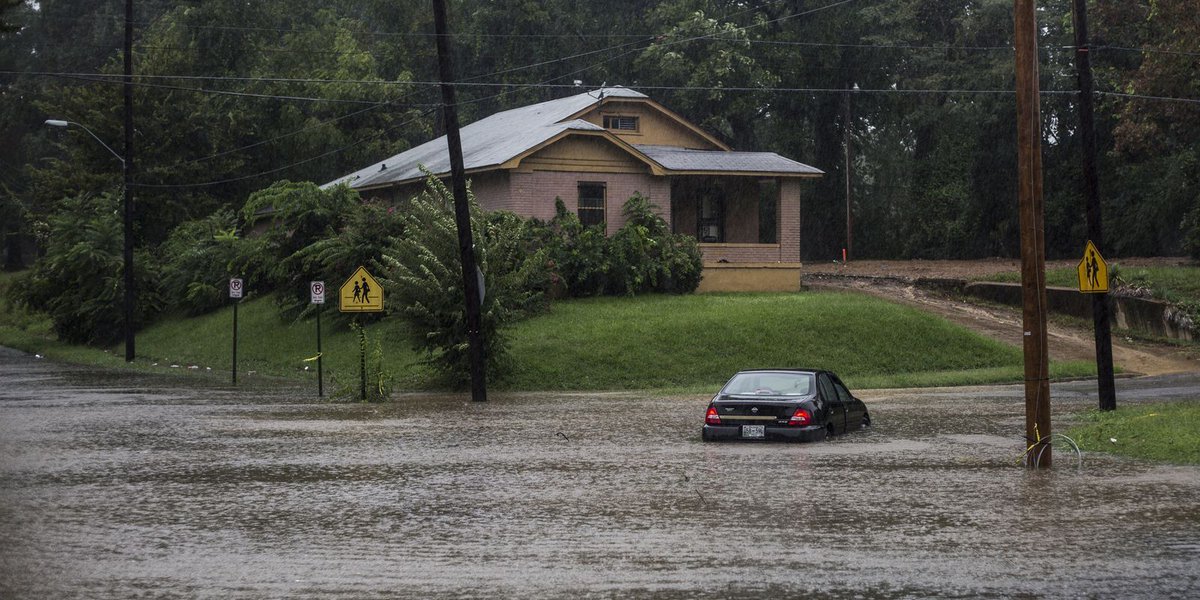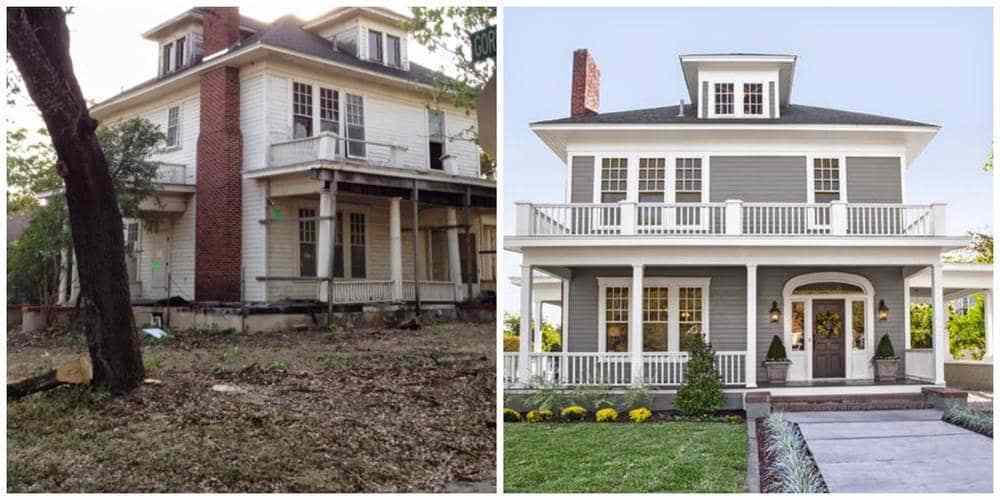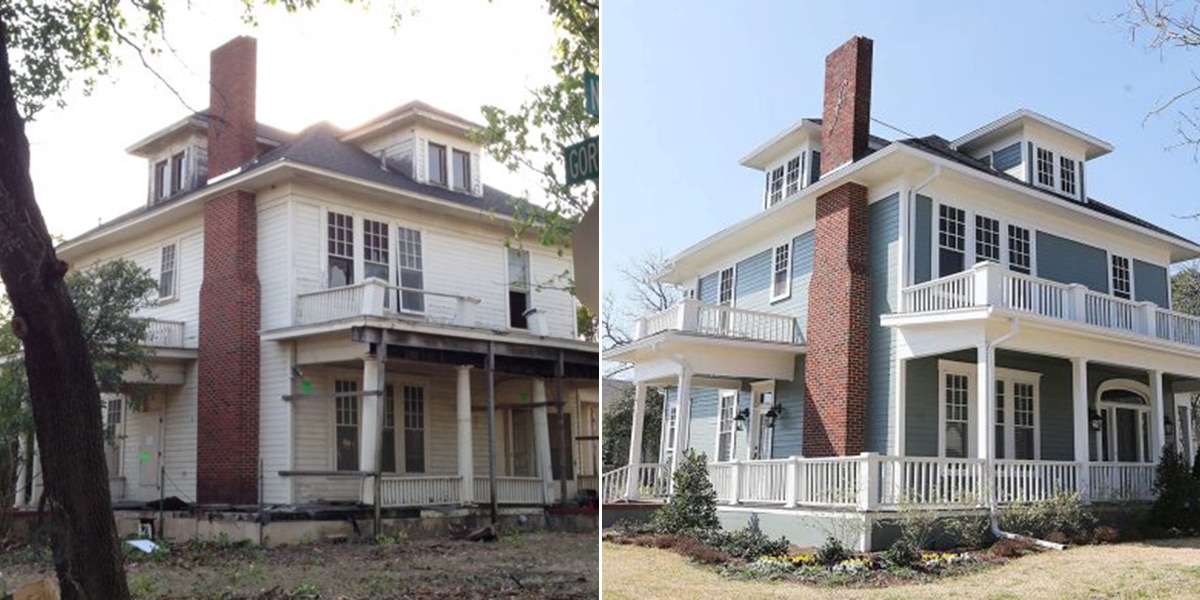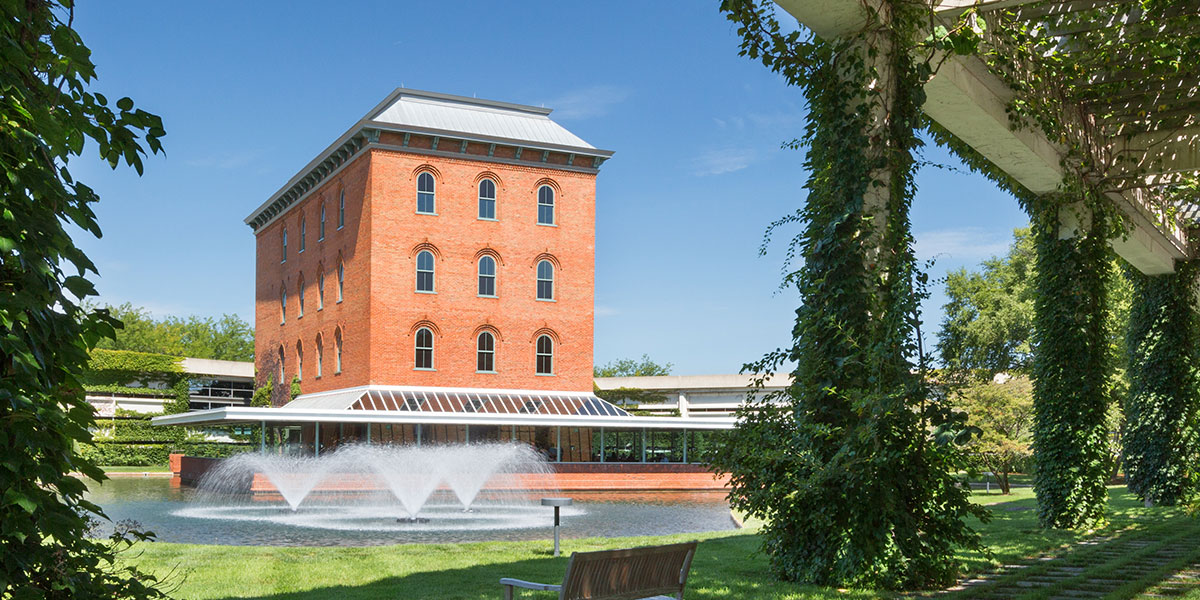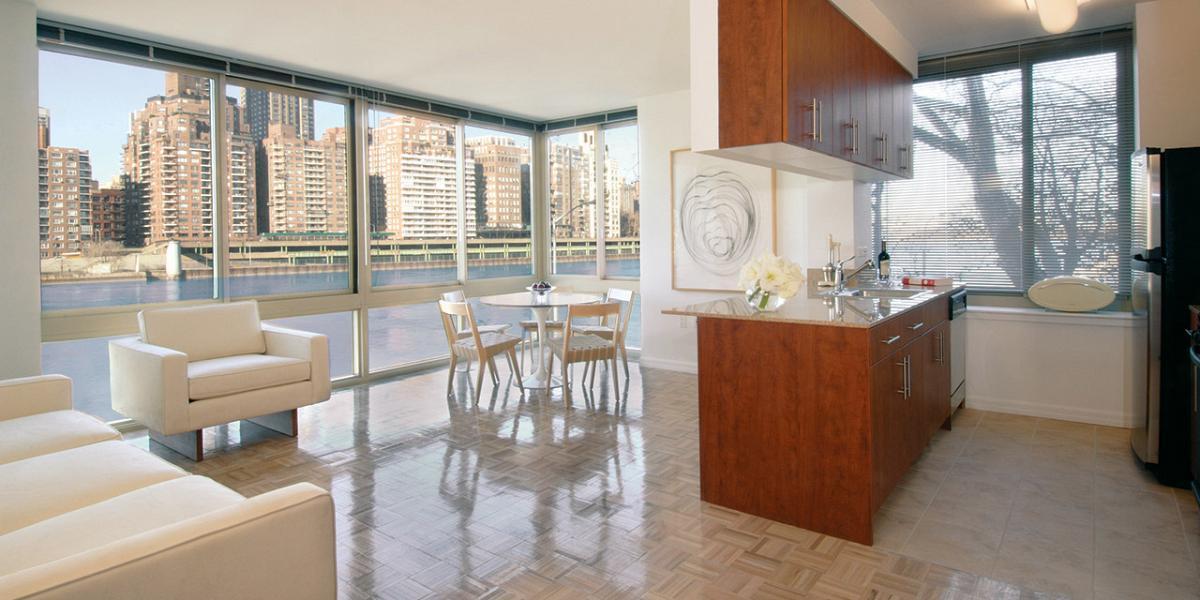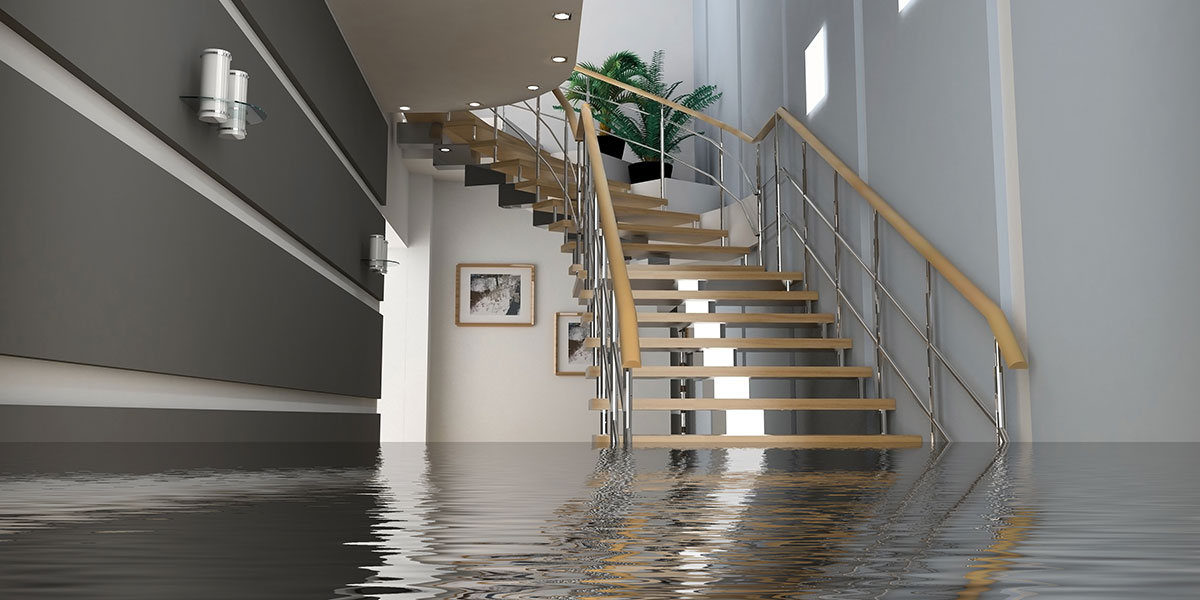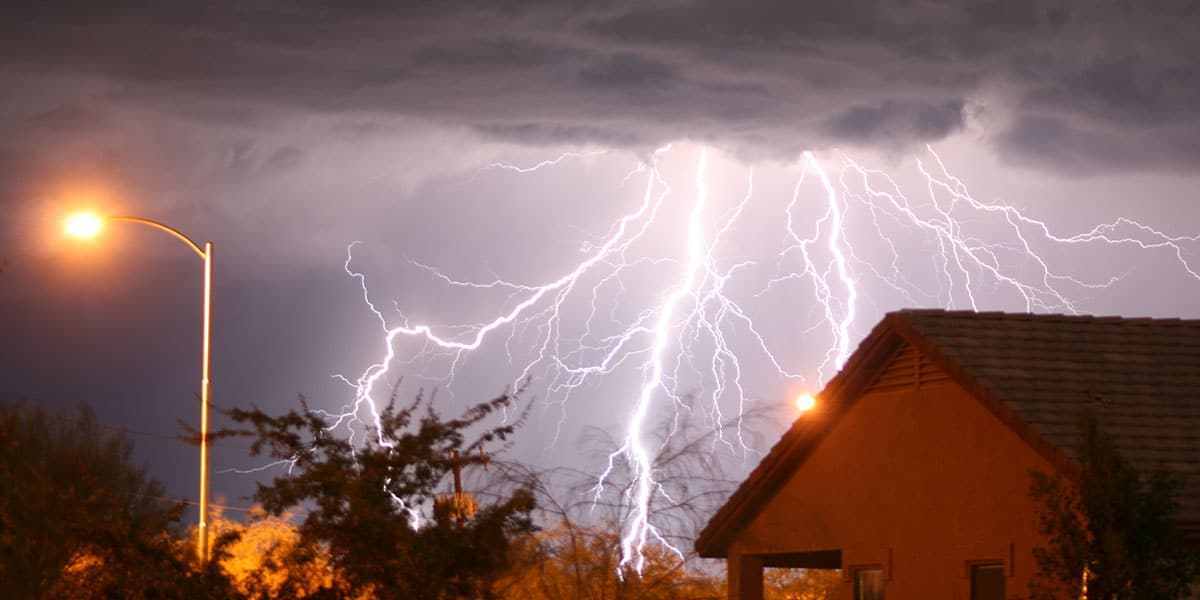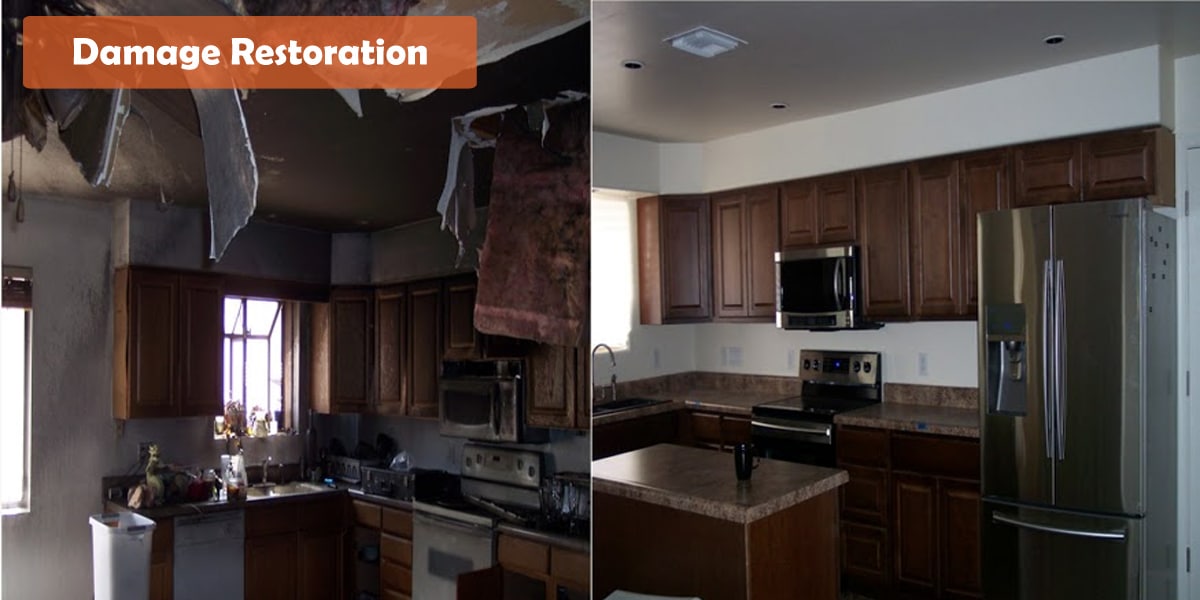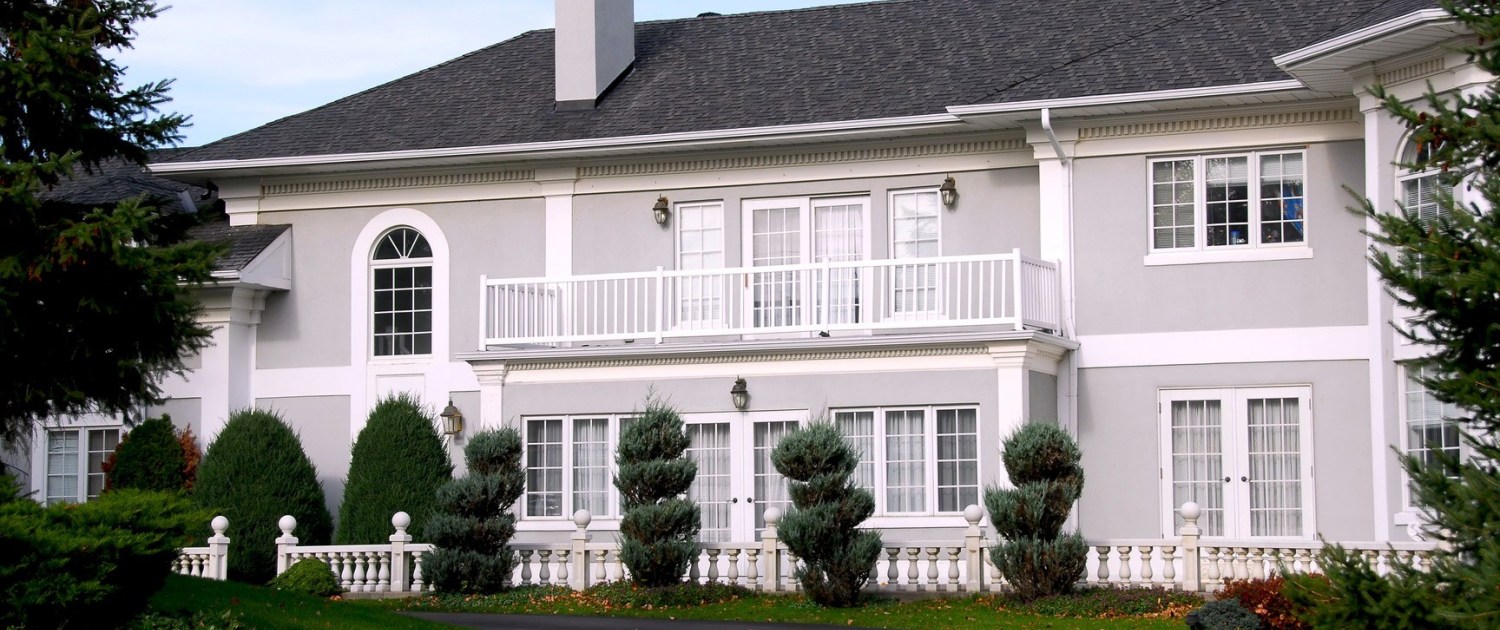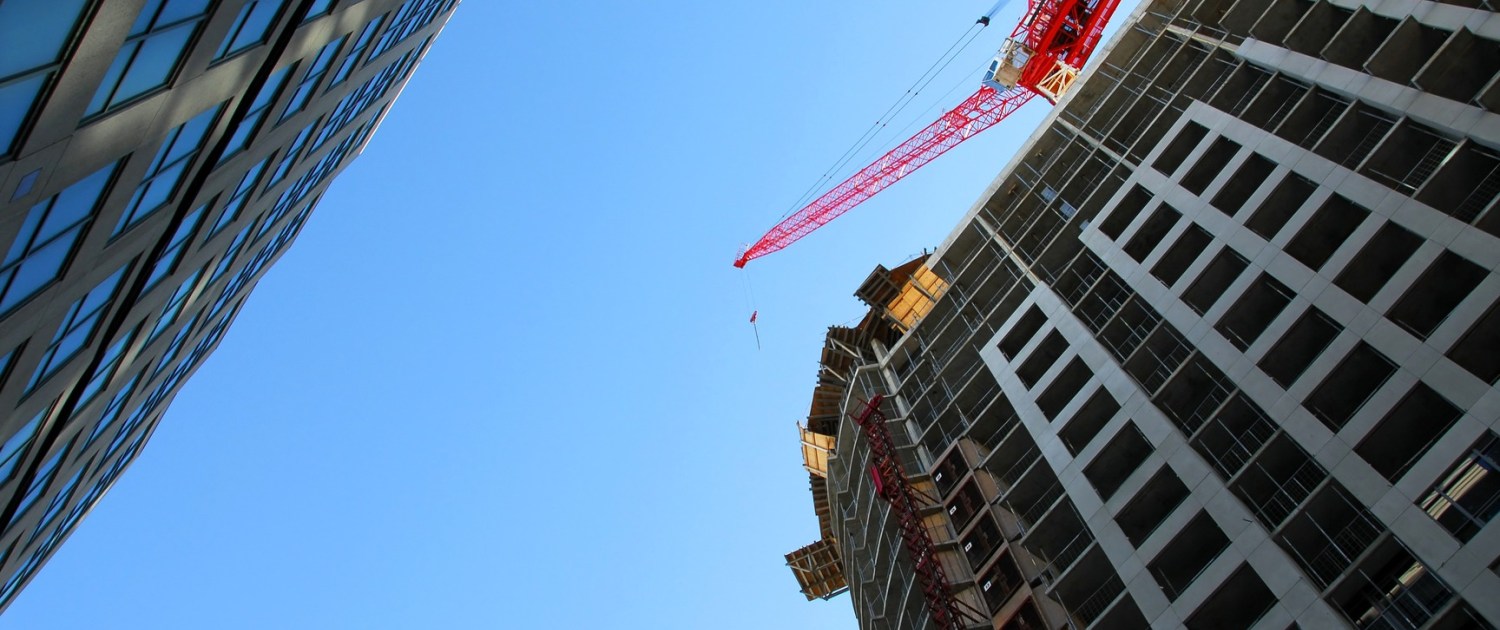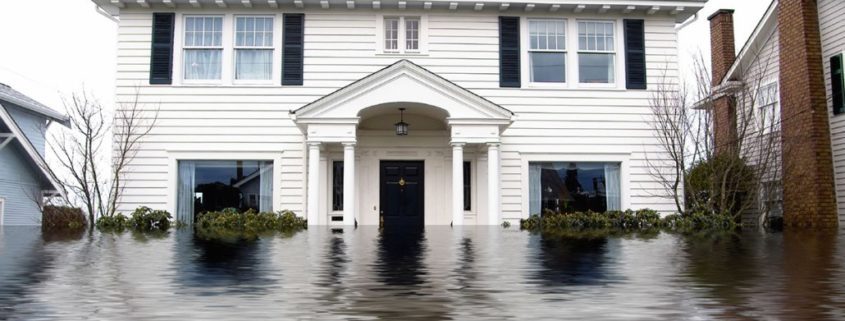Hurricane Florence was a powerful and long-lived Cape Verde hurricane that caused severe and extensive damage in the Carolinas in September 2018, primarily as a result of freshwater flooding. The sixth named storm, third hurricane, and the first major hurricane of the 2018 Atlantic hurricane season, Florence originated from a strong tropical wave that emerged off the west coast of Africa on August 30, 2018. Steady organization resulted in the formation of a tropical depression on the next day near Cape Verde. Progressing along a steady west-northwest trajectory, the system acquired tropical storm strength on September 1, and fluctuated in strength for several days over open ocean. An unexpected bout of rapid intensificationensued on September 4–5, culminating with Florence becoming a Category 4 major hurricane on the Saffir–Simpson scale with estimated maximum sustained winds of 130 mph (215 km/h).
We have a full understanding of the extent of damage and long-term recovery needs. Drywall Crews, Inc. has boots on the ground in the area and they are working on several commercial and residential projects quickly to get things back to normal. Our national material accounts guarantee material availability to DCI in a timely manner. We have housing for our crews. From flood cut and light demo to complete restoration, we are prepared. Multiple Drywall Finishing and Painting Crews available.
We are properly registered and have applicable required bonding for the City and State and FEMA, SAM and CCR.
Drywall Crews, Inc. experts are providing insight into response and recovery efforts.
We’ll be with you every step of the way.
Storm Restoration, Renovation & Preservation
Building restoration describes a particular treatment approach and philosophy within the field of architectural conservation.
According to the U.S. Secretary of Interior’s standards, “Restoration is said as the act or process of accurately depicting the form, features, and character of a property as it appeared at a particular period of time by means of the removal of features from other periods in its history and reconstruction of missing features from the restoration period. The limited and sensitive upgrading of mechanical, electrical, and plumbing systems and other code-required work to make properties functional is appropriate within a restoration project.”
In the field of historic preservation, building restoration is the action or process of accurately revealing, recovering or representing the state of a historic building, as it appeared at a particular period in its history, while protecting its heritage value. Restoration work may be performed to reverse decay, or alterations made to the building.
True Historic Building Preservation
Since Historic Building Conservation is more about fostering a deep appreciation for these famous structures and learning more about why they exist, rather than just keeping historic structures standing tall and looking as beautiful as ever, true historic building preservation aims for a high level of authenticity, accurately replicating historic materials and techniques as much as possible, ideally using modern techniques only in a concealed manner where they will not compromise the historic character of the structure’s appearance
Paint Restoration
Exterior and interior paint colors present similar problems over time. Air pollution, acid rain, and sun take a toll, and often many layers different paint exist. Historic paint analysis of old paint layers now allow a corresponding chemical recipe and color to be re-produced. But this is often only a beginning as many of the original materials are either unstable or in many cases environmentally unsound. Many eighteenth century greens were made with arsenic and lead, materials no longer allowed in paints.
Similar Appearance
Another problem occurs when the original pigment came from a material no longer available. For example, in the early to mid-19th century, some browns were produced from bits of ground mummies. In cases like this the standards allow other materials with similar appearance to be used and organizations like Britain’s National Trust for Places of Historic Interest or Natural Beauty will work with a historic paint color re-creator to replicate the antique paints in durable, stable, and environmentally safe materials. In the United States the National Trust for Historic Preservation is a helpful resource. The polychrome painted interiors of the Vermont State House and Boston Public Library are examples of this type of heritage restoration.
Property Insurance Assistance
Property insurance provides protection against risks to property, such as fire, theft or weather damage. This may include specialized forms of insurance such as fire insurance, flood insurance, earthquake insurance, home insurance, inland marine insurance or boiler insurance. The term property insurance may, like casualty insurance, be used as a broad category of various sub-types of insurance.
Whatever the case may be, we’re here to help.
Storm Restoration
Storm restoration is the restoring of a building due to damage from a severe storm. Most damage is caused by strong wind gusts or hail, but may also include large amounts of rainfall, lightning strikes, as well as extreme storms such as tornadoes and hurricanes. The majority of storm damage occurs on roofs, sides of structures, and in basements, but over time causes damage to the interior. Unlike heritage restoration, storm restoration takes place on buildings with no historic significance as well
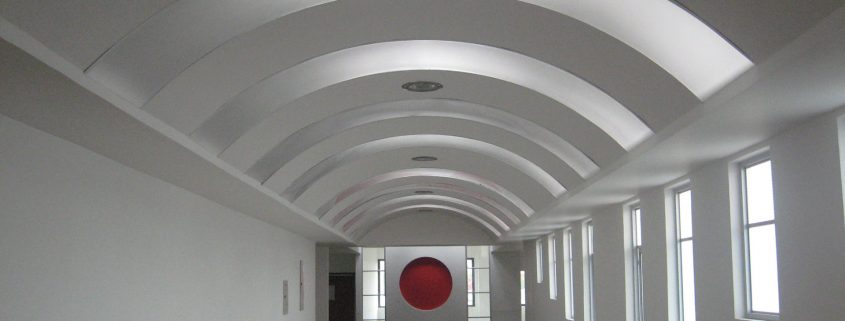
- Preservation “places a high premium on the retention of all historic fabric through conservation, maintenance and repair.” All materials added to a building over its life are retained and only work which is necessary to protect it from deterioration is carried out.
- Rehabilitation is a standard for preservation but is more lenient because it presumes the building is so deteriorated that it needs some repairs to prevent further deterioration.
- Restoration includes preservation, leaving as much material untouched as possible, reconstruction to replace missing elements, and repair work to bring the building to a historically accurate condition in one particular time period. This may include removing some historic building elements (after documenting them) to make the building historically accurate for a specific date in history.
- Reconstruction allows the re-creation of a missing building or element in all new, appropriate materials.



